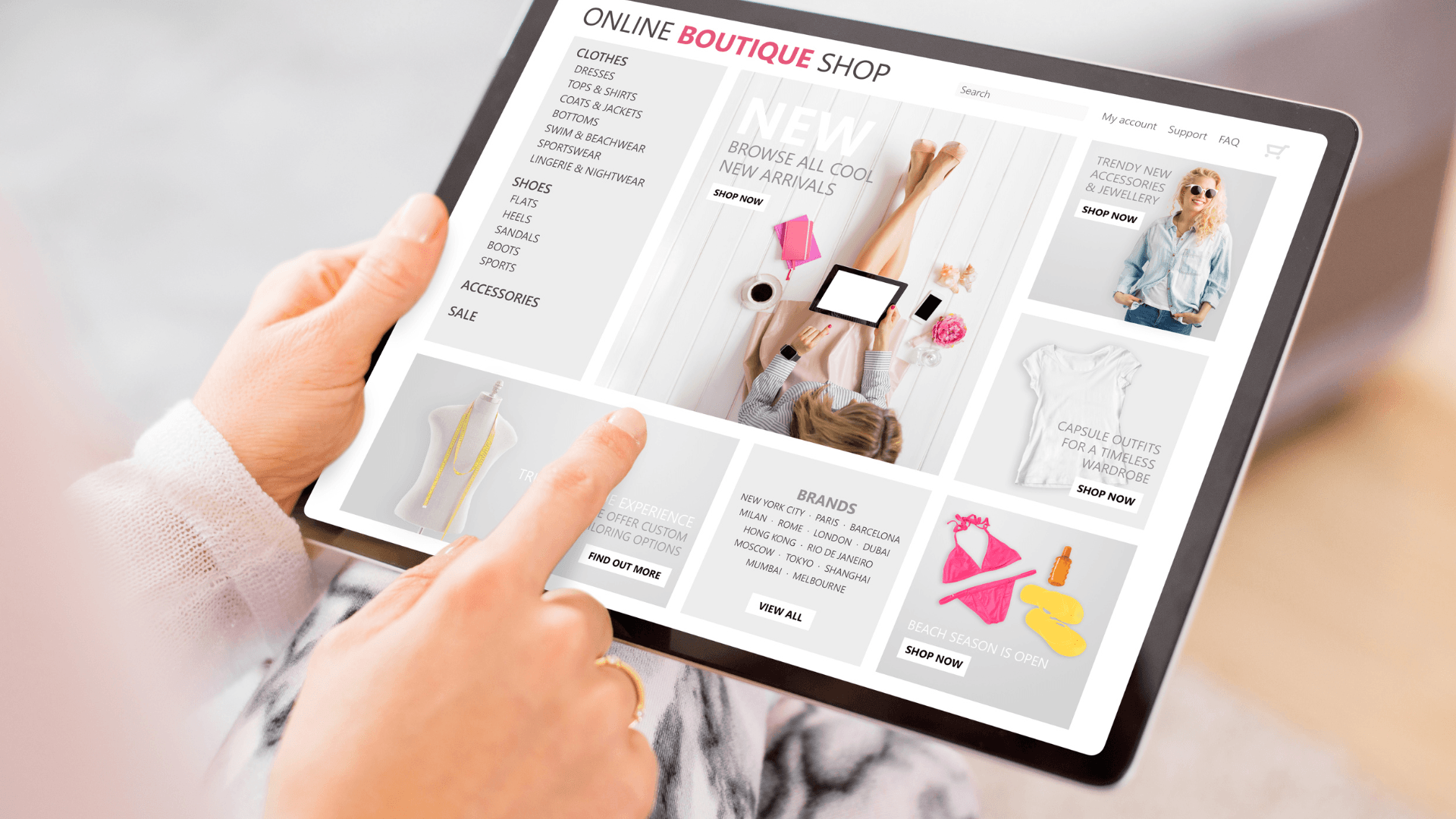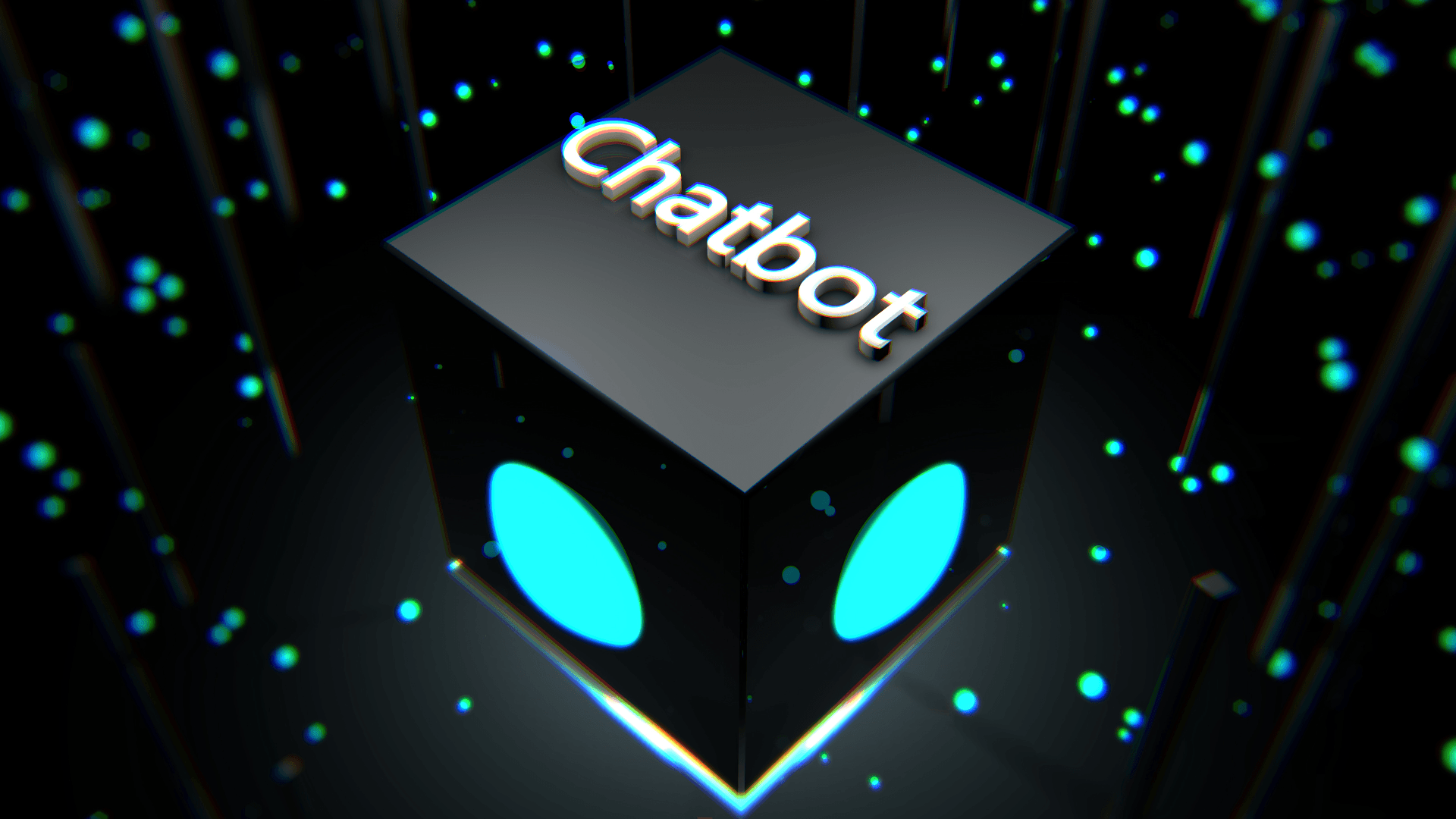Table of content
Choosing the Right Platform for Your Customer Support Bot: A Comprehensive Guide
Mar 06 2024
Table of content

If you've been following the trends in customer service, you've undoubtedly heard the buzz about chatbots and how they're revolutionizing support. I know I certainly have! As a business owner or customer service leader, I'm sure you're intrigued by the potential to streamline operations, cut costs, and boost customer satisfaction. But with all the customer support bot platforms, how do you decide which is the best fit for your business?
Check out The Future of Customer Service: Bot-Enabled Transformation.
I'm here to guide you through the selection process. Having explored several platforms, I've gained insights into the key factors you must consider. Let's dive in!
Understanding Your Needs
We must start with your specific needs before I tell you about the different platforms. Consider these questions:
- What are your primary pain points? Do you need a bot to handle basic FAQs, automate order tracking, or provide complex technical support?
- What's your customer volume? Are you serving a small clientele or dealing with thousands of inquiries daily?
- Which channels do you want the bot to support? Website, social media, messaging apps, or all of the above?
Once you understand your objectives, you'll be better positioned to select a platform that matches your requirements.

Top Customer Support Bot Platforms
Now, let's explore some popular customer support bot platforms in the market:
- CX Genie: This platform offers a robust and user-friendly solution that can be customized to automate various customer support tasks, including answering FAQs, providing product recommendations, and offering live chat support. It's known for its intense natural language processing (NLP) capabilities and pre-built integrations with popular CRMs and help desk software, making it a top contender for businesses seeking a comprehensive, easy-to-use solution.
- Dialogflow (Google): Dialogflow is another powerful platform backed by Google's AI. It excels at NLP, enabling your bot to have fluid conversations. This could be a good option if you're looking for a comprehensive and customizable solution.
- Microsoft Bot Framework: This framework provides developers with the flexibility and tools to build advanced bots. If your team has strong coding skills and you need complete control over the bot's functionality, the Microsoft Bot Framework is worth exploring.
- ManyChat: ManyChat is known for its ease of use and focus on building chatbots for marketing purposes on social media. For those primarily focused on lead generation or engagement within social channels, it's a user-friendly choice.
Key Considerations When Choosing a Platform
Let's look at the specific factors to evaluate when making your decision:
- Ease of Use: Do you need a platform with a drag-and-drop interface, or are you comfortable with coding? Your technical expertise (or lack thereof) will be a significant factor.
- Integration Capabilities: Your bot won't exist in a vacuum. Ensure the platform integrates seamlessly with your CRM, help desk software, and other essential tools.
- Natural Language Processing (NLP): The bot's ability to understand and respond to customer queries in a human-like way is crucial for a positive user experience. Opt for a platform with strong NLP capabilities.
- Customization: Can you tailor the bot's personality, responses, and knowledge base to align with your brand voice and specific needs?
- Scalability: Will the platform grow with your business? Consider future needs and choose a platform that can expand as your customer support demands increase.
- Pricing: Bot platforms often have tiered pricing structures based on features and usage, which factor into your budget and expected ROI when making your decision.

The Importance of User Experience
Remember, a poorly designed chatbot can do more harm than good! Prioritize user experience during your selection process. Here's what to keep in mind:
- Conversational Flow: The bot's interactions should feel natural and intuitive. Avoid rigid, robotic conversations.
- Error Handling: How does the bot handle misunderstandings or complex questions? A well-designed bot should gracefully escalate to a human agent when needed.
- Personalization: Can the bot tailor responses based on customer data, such as past interactions or order history?
Beyond the Platform: Best Practices for Success
Choosing the right platform is only the first step. Here are some additional tips for success with your customer support bot:
- Start Small: Roll out your bot on a limited set of use cases before expanding.
- Continuous Learning: Monitor conversations, analyze data, and refine your bot over time.
- Human Touch: Make it transparent that users interact with a bot and ensure a seamless transition to a human agent when necessary.
The Problems When Choosing a Customer Support Bot
While customer support bots offer immense potential, choosing the wrong platform or implementing the bot poorly can create several problems. Here are a few to watch out for:
- Limited Understanding: Even the most sophisticated bots can need help with complex customer inquiries or nuanced language. If your bot consistently misunderstands users, it can lead to frustration and a negative brand experience.
- Impersonal Interactions: Customers often crave the human touch, especially with sensitive issues. An overly robotic bot can feel impersonal and make customers feel like they're not being heard.
- Poor Integration: If your bot doesn't seamlessly integrate with existing systems, it can create disjointed workflows. This can lead to inaccurate information or longer wait times for customers.
- Lack of Flexibility: Some platforms have limitations in the types of conversations or workflows you can design. This inflexibility can hinder your ability to adapt the bot to your evolving business needs.
- Maintenance Costs: While bots can save costs, there are associated expenses to consider. Building, updating, and monitoring your bot often requires ongoing investment or technical expertise.

Mitigating the Risks
Don't let these challenges deter you! By being aware of them, you can take steps to mitigate the risks:
- Define Success Metrics: Before you launch, establish clear KPIs. Track metrics like bot usage, resolution rates, and customer satisfaction to pinpoint issues early.
- Iterative Approach: Don't expect perfection. Start with simple use cases, gather feedback, and refine the bot's capabilities over time.
- Hybrid Model: Treat your bot as a powerful tool to supplement, not fully replace, human agents. Establish clear escalation paths for complex issues.
Conclusion
I hope this guide has helped you get a clearer picture of the world of customer support bots and the considerations involved in choosing the right platform. Finding the ideal fit for your business might seem a bit daunting at first, but by breaking down your needs and carefully evaluating your options, you'll be well on your way to giving your customers a smoother, more satisfying support experience.
Remember, technology is a powerful tool, but it's the thoughtful implementation that makes all the difference. When deployed strategically, a customer support bot can elevate your operations while keeping your customers happy. Keep testing, tweaking, and don't be afraid to experiment! The journey to exceptional customer service is ongoing, and you now have a powerful new ally on your side.
Discover how to conquer 70% of your customer challenges with top 3 AI tools.
Related articles
No data



